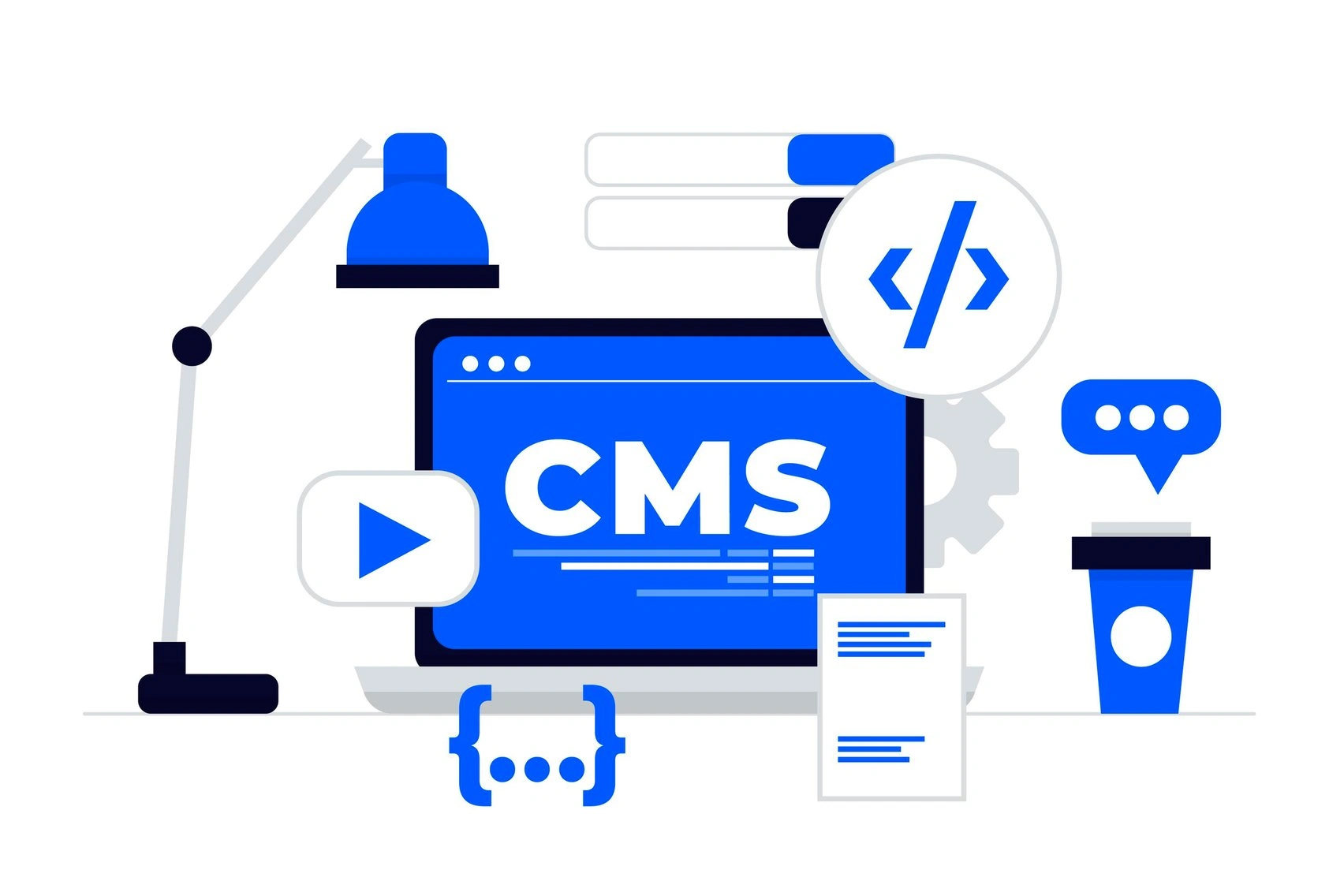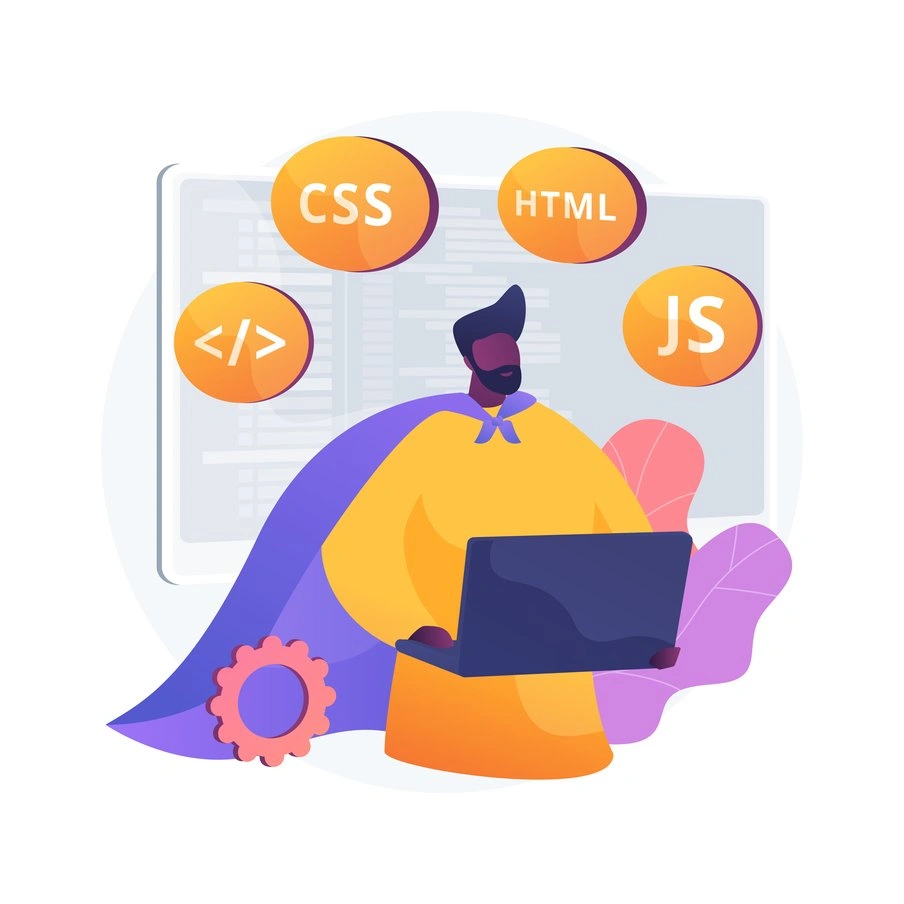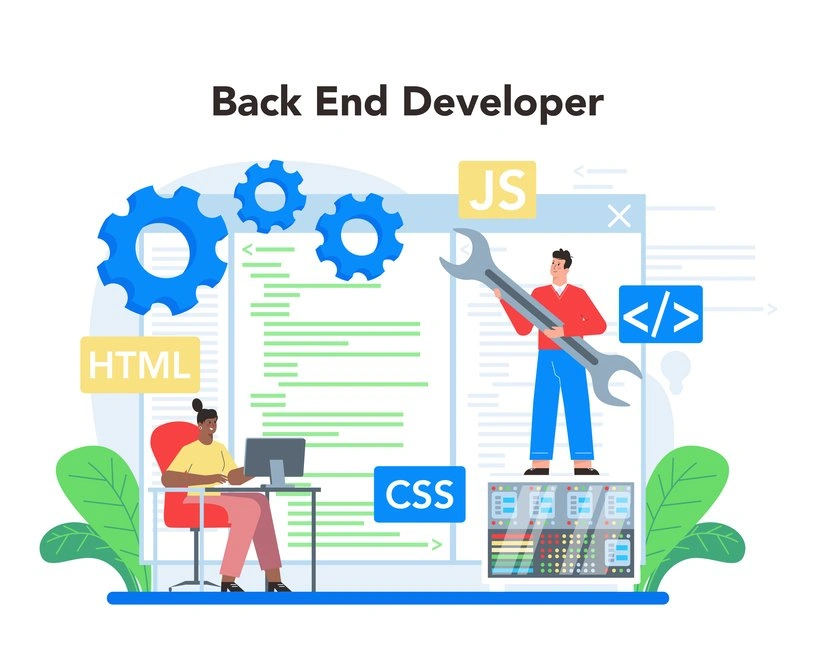The Art of Building a Stunning Website: Tips and Tricks

Introduction to Freelance Web Development
The world of freelance web development offers endless opportunities for creativity and innovation. As a freelancer, the ability to create custom websites tailored to client needs is a valuable skill that sets you apart in the competitive marketplace. This article will explore the journey of building both static and dynamic websites using a variety of frontend and backend technologies. Whether you're constructing a simple, content-focused static site or a complex, interactive dynamic application, the combination of HTML, CSS, JavaScript, React.js, Express.js, and MongoDB can help you create robust and scalable web solutions.
Freelance web developers often find themselves wearing multiple hats, from designer to coder to project manager. Understanding the nuances of both frontend and backend development is crucial for delivering comprehensive solutions that meet client expectations. This article will guide you through the process of using these technologies effectively, offering insights into best practices, customization strategies, and the latest trends in the industry.
Understanding the Difference Between Static and Dynamic Websites
Before diving into the technical aspects of web development, it's essential to understand the fundamental differences between static and dynamic websites. A static website is one that displays the same content to every visitor. These sites are typically faster, simpler to develop, and require less server resources, making them ideal for personal portfolios, business landing pages, or informational websites.
On the other hand, dynamic websites are interactive and can change content based on user interactions, data inputs, or other parameters. These sites often rely on server-side scripting languages and databases to generate content on-the-fly, offering a more personalized experience for users. Dynamic websites are suitable for e-commerce platforms, social networks, and content management systems (CMS).

Choosing between a static or dynamic approach depends on the specific needs of your client. This section will explore scenarios where each type of website is appropriate, helping you make informed decisions when starting a new project.
Essential Frontend Technologies: HTML, CSS, and JavaScript
Frontend development is the cornerstone of any web project. It involves creating the visual and interactive elements of a website that users see and interact with directly. The three fundamental technologies in frontend development are HTML, CSS, and JavaScript.
HTML (HyperText Markup Language) provides the basic structure of a webpage. It defines elements like headings, paragraphs, links, images, and more, giving the content its semantic meaning. CSS (Cascading Style Sheets) is used to style these HTML elements, allowing you to control the layout, colors, fonts, and other visual aspects of the page.HTML (HyperText Markup Language) provides the basic structure of a webpage. It defines elements like headings, paragraphs, links, images, and more, giving the content its semantic meaning. CSS (Cascading Style Sheets) is used to style these HTML elements, allowing you to control the layout, colors, fonts, and other visual aspects of the page.
JavaScript adds interactivity to your website, enabling dynamic content updates, form validations, animations, and more. It’s a versatile languag e that runs directly in the browser, making it a powerful tool for enhancing user experience.
Understanding how to effectively use HTML, CSS, and JavaScript is critical for any web developer. These technologies form the foundation of more advanced frontend frameworks and libraries, such as React.js, which we’ll explore in the next section.

Advanced Frontend Development with React.js
React.js is a popular JavaScript library developed by Facebook for building user interfaces, particularly for single-page applications (SPAs). Its component-based architecture allows developers to build encapsulated components that manage their own state, making it easier to create complex and interactive UIs.
One of the key advantages of React.js is its efficiency. By using a virtual DOM, React minimizes the number of updates required to keep the UI in sync with the data, leading to faster rendering times and a smoother user experience. Additionally, React’s ecosystem is rich with tools and libraries, such as Redux for state management and React Router for navigation, making it a versatile choice for frontend development.
For freelancers, mastering React.js can open doors to more advanced projects and higher-paying clients. Whether you’re building a simple portfolio or a complex e-commerce platform, React.js provides the tools needed to create scalable and maintainable web applications.
Backend Development with Express.js: Building the Server-Side

While the frontend is all about what users see and interact with, the backend is where the magic happens behind the scenes. Express.js is a minimalist web framework for Node.js, designed to build web applications and APIs quickly and efficiently. It’s the de facto standard for building server-side applications in the JavaScript ecosystem.
Express.js simplifies many tasks, such as handling HTTP requests, routing, and middleware integration. It allows you to define routes that respond to specific URLs or HTTP methods, making it easy to create RESTful APIs or serve dynamic content. Additionally, Express.js integrates seamlessly with other JavaScript technologies, including MongoDB, making it a powerful tool for full-stack development.
As a freelancer, understanding how to build a solid backend with Express.js is crucial for delivering dynamic websites that require server-side processing. Whether you’re handling form submissions, managing user authentication, or connecting to a database, Express.js provides the flexibility and power needed to meet client demands.
MongoDB for Database Management: Storing and Retrieving Data
In dynamic web applications, data management is a critical component. MongoDB is a NoSQL database that stores data in flexible, JSON-like documents, allowing for more complex and hierarchical data structures compared to traditional relational databases.
One of the main advantages of MongoDB is its scalability. It can handle large volumes of data and distribute it across multiple servers, making it ideal for applications that need to scale horizontally. MongoDB also offers powerful querying capabilities, allowing you to filter, sort, and aggregate data efficiently.
For freelancers, using MongoDB with Express.js simplifies the process of managing data in dynamic web applications. Whether you’re storing user profiles, product listings, or transactional data, MongoDB’s flexibility and ease of use make it a great choice for backend development.
Integrating Frontend and Backend: Creating Full-Stack Applications
Creating a full-stack application involves integrating both frontend and backend technologies to deliver a seamless user experience. In a typical full-stack setup, the frontend (built with technologies like React.js) communicates with the backend (powered by Express.js and MongoDB) through APIs. This integration allows for real-time data updates, user authentication, and other dynamic features.
To achieve this, you need to establish a clear communication protocol between the client (frontend) and server (backend). This is often done using RESTful APIs, where the frontend sends HTTP requests to the backend, and the backend responds with the necessary data.
This section will guide you through the process of setting up a full-stack environment, covering essential topics like API development, state management, and data fetching. By mastering full-stack development, you can offer your clients comprehensive solutions that are both functional and user-friendly.
Customizing Websites Based on Client Requirements
As a freelancer, understanding your client’s needs is paramount. Customizing websites to fit specific requirements involves a blend of technical expertise and creative problem-solving. This process begins with gathering detailed information about the client’s goals, target audience, and desired features.
For static websites, customization might involve selecting the right layout, color scheme, and typography to align with the client’s brand identity. For dynamic websites, customization could mean developing specific functionalities, such as e-commerce features, content management systems, or user authentication mechanisms.
This section will provide insights into best practices for client communication, project planning, and implementing custom features. By delivering tailored solutions, you can build strong client relationships and increase your chances of repeat business.
Ensuring Responsiveness and Cross-Browser Compatibility
In today’s digital landscape, ensuring that your websites are responsive and compatible across different devices and browsers is essential. Responsive design involves creating layouts that adapt to various screen sizes, from desktops to smartphones. Cross-browser compatibility ensures that your website functions correctly in all major browsers, including Chrome, Firefox, Safari, and Edge.
This section will explore techniques for achieving responsive and cross-browser compatible designs. You’ll learn about using CSS frameworks like Bootstrap, media queries for responsive layouts, and tools for testing and debugging across different browsers.
By implementing these practices, you can ensure a consistent user experience, regardless of how or where users access your website. This is crucial for maintaining client satisfaction and achieving higher conversion rates.
Best Practices for SEO in Web Development
Search engine optimization (SEO) is a critical aspect of web development that can significantly impact the visibility and success of a website. As a freelancer, understanding and implementing SEO best practices is essential for delivering value to your clients.
On-page SEO involves optimizing individual web pages to rank higher in search engine results. This includes using relevant keywords in titles, headings, and content, optimizing meta tags, and ensuring that images have descriptive alt text. Site speed, mobile-friendliness, and structured data are also important factors in SEO.
This section will provide a comprehensive guide to on-page SEO techniques that you can apply to your projects. By following these best practices, you can help your clients achieve better search engine rankings, driving more traffic to their websites.
Testing and Deployment: From Development to Production
Once your website is developed, it’s time to test and deploy it to production. Testing is a crucial step that ensures your site is free of bugs, performs well, and provides a seamless user experience. It involves checking for functional errors, broken links, browser compatibility, and overall site performance.
After testing, the next step is deployment. Depending on your client’s needs, this could involve uploading the site to a shared hosting service, a cloud platform like AWS, or a dedicated server. Deployment also includes setting up domain names, SSL certificates, and configuring server environments.
This section will guide you through the process of testing and deploying your websites, ensuring they are ready for public access. By mastering these final steps, you can deliver polished, professional websites that meet client expectations.
Future Trends in Freelance Web Development
The field of web development is constantly evolving, with new technologies and trends emerging regularly. As a freelancer, staying ahead of these trends can give you a competitive edge and help you continue delivering cutting-edge solutions to your clients.
This section will explore some of the future trends in web development, including the rise of AI and machine learning, the adoption of serverless architectures, and the increasing importance of progressive web apps (PWAs). It will also discuss the growing role of cybersecurity in web development and how freelancers can prepare for these changes.
By staying informed about these trends, you can position yourself as a forward-thinking developer, ready to tackle the challenges of tomorrow.